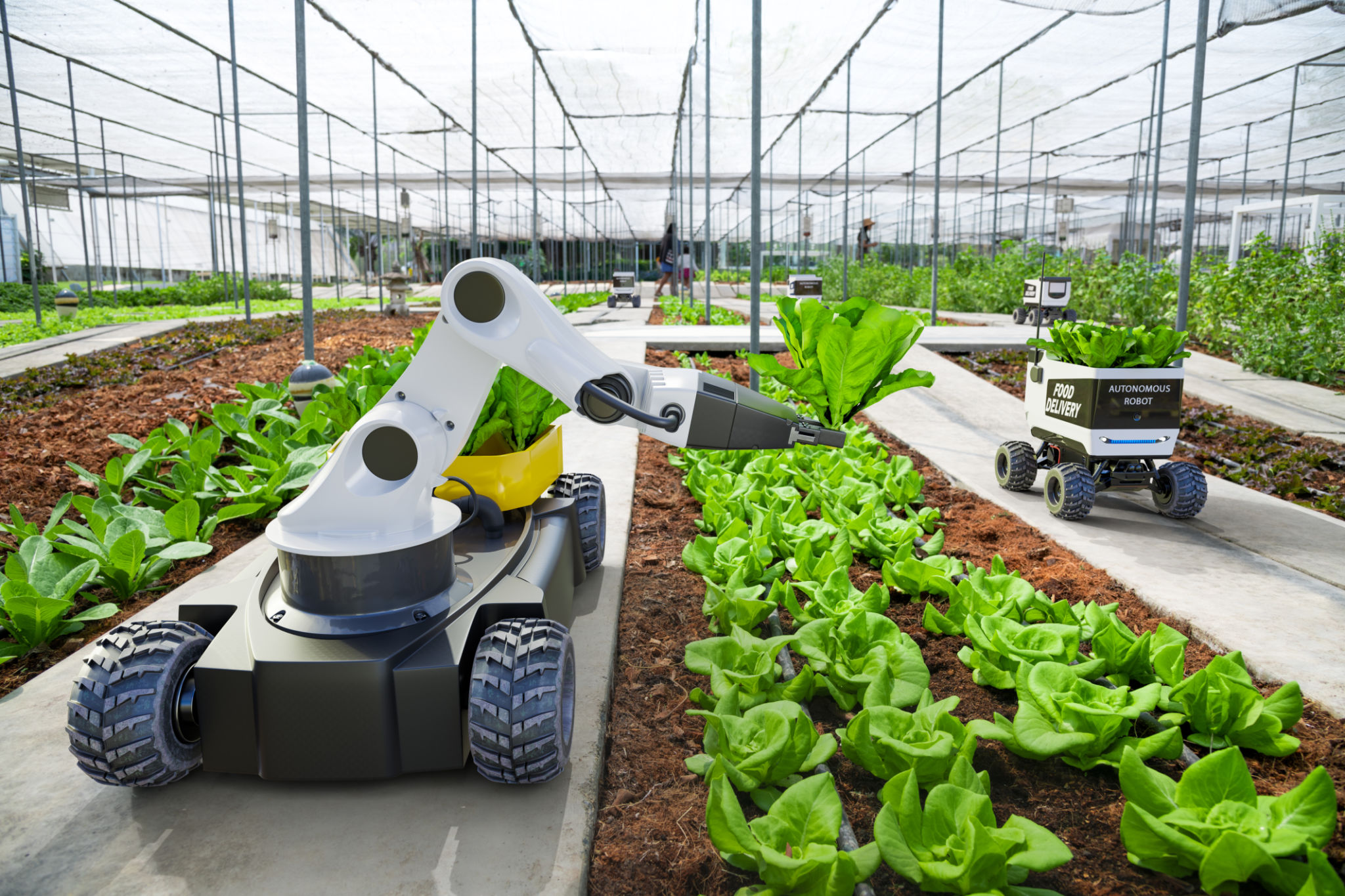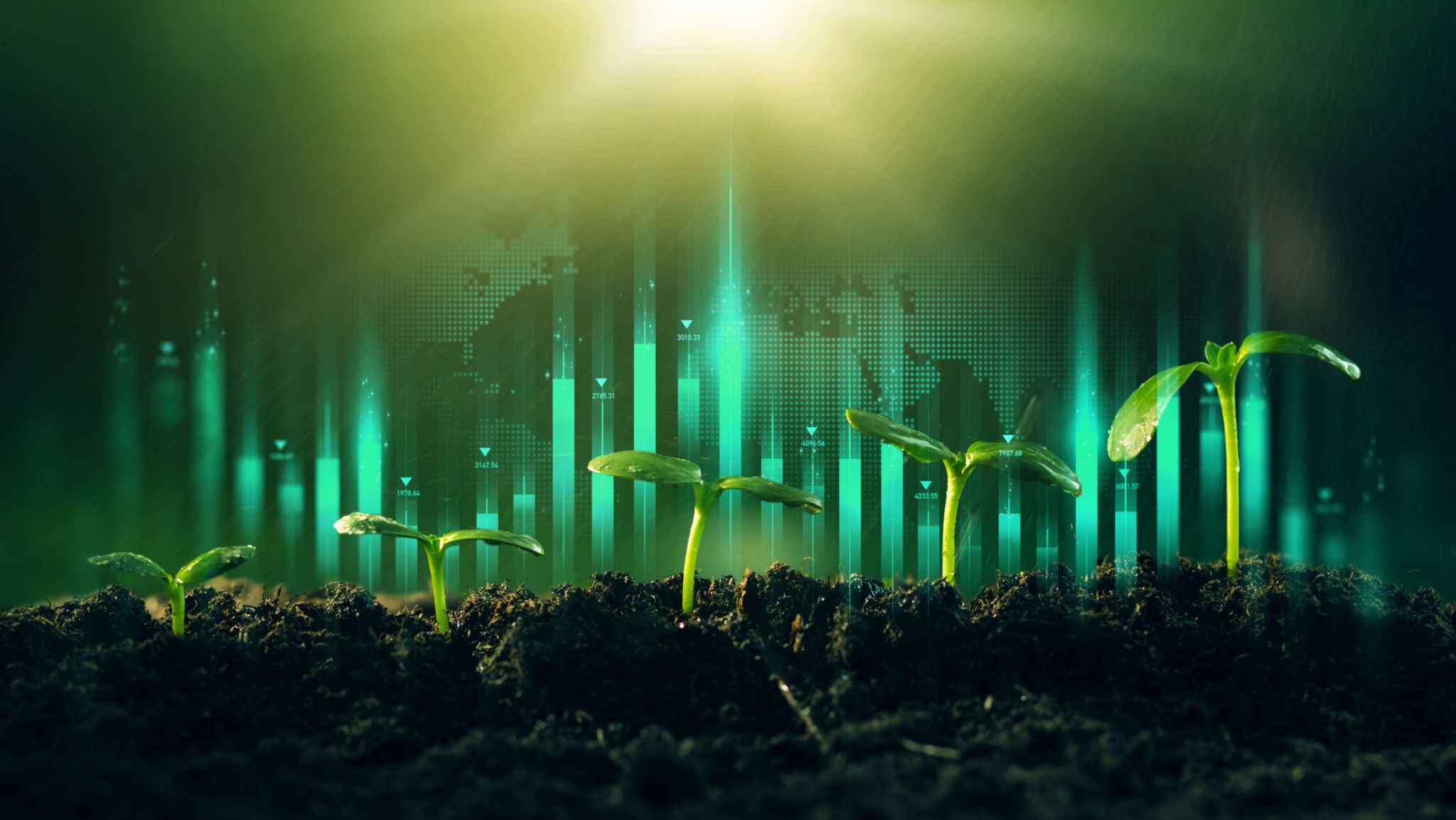AgrobotX vs. Traditional Methods: A Case Study on Farm Automation Success
Introduction to Farm Automation
In recent years, the agriculture industry has witnessed a significant transformation with the advent of automation technologies. One standout player in this field is AgrobotX, a company dedicated to revolutionizing farming practices through advanced robotics and artificial intelligence. This case study explores the impact of AgrobotX's solutions compared to traditional farming methods, highlighting the benefits and challenges of integrating automation into agriculture.

The Challenges of Traditional Farming
Traditional farming methods have long been the backbone of agriculture, relying on manual labor and basic machinery for crop cultivation. While these methods have sustained production for centuries, they are not without their challenges. Labor shortages, inconsistent yields, and the unpredictability of weather patterns often hinder efficiency and profitability. Moreover, traditional practices can be labor-intensive and time-consuming, limiting the scalability of operations.
Environmental and Economic Impacts
Traditional farming also contributes to environmental concerns such as soil degradation, excessive water use, and greenhouse gas emissions. These issues not only affect the ecosystem but also pose financial risks to farmers. With increasing pressure to adopt sustainable practices, the need for innovative solutions has become more urgent than ever.

AgrobotX: A Revolutionary Approach
AgrobotX addresses these challenges by offering cutting-edge automation solutions that integrate robotics, AI, and data analytics. Their technology is designed to optimize agricultural processes, enhance productivity, and promote sustainability. From planting and harvesting to monitoring and management, AgrobotX provides holistic solutions that transform traditional farming into a modern, efficient operation.
Key Features of AgrobotX Solutions
- Precision Agriculture: Leveraging data analytics to make informed decisions about planting, watering, and fertilization.
- Autonomous Machinery: Robots equipped with AI capabilities for tasks like weeding, harvesting, and soil analysis.
- Remote Monitoring: Real-time data collection and analysis for improved crop management and yield prediction.

Comparing Outcomes: AgrobotX vs. Traditional Methods
A comparative analysis reveals several advantages of AgrobotX over traditional methods. Firstly, the precision and efficiency of automated systems lead to higher crop yields and reduced waste. Secondly, labor costs decrease significantly as machines take over repetitive tasks. Additionally, data-driven insights enable proactive decision-making, minimizing risks associated with environmental variables.
Case Study: Real-World Success
A notable case study involves a large-scale farm that transitioned from traditional practices to AgrobotX solutions. Within the first year, the farm reported a 30% increase in crop yield and a 40% reduction in water usage. The implementation of autonomous machinery also reduced labor expenses by 50%, allowing the farm to reallocate resources toward expansion and innovation.

Challenges and Considerations
Despite its benefits, adopting AgrobotX technology is not without challenges. The initial investment can be substantial, posing a barrier for small-scale farms. Additionally, there is a learning curve associated with integrating new technologies into existing operations. However, many farmers find that the long-term gains outweigh these initial obstacles.
The Future of Farm Automation
As technology continues to advance, the agricultural sector is poised for further transformation. The success of AgrobotX demonstrates that automation can lead to more sustainable and profitable farming practices. By embracing these innovations, farmers can ensure food security while minimizing their environmental footprint.
